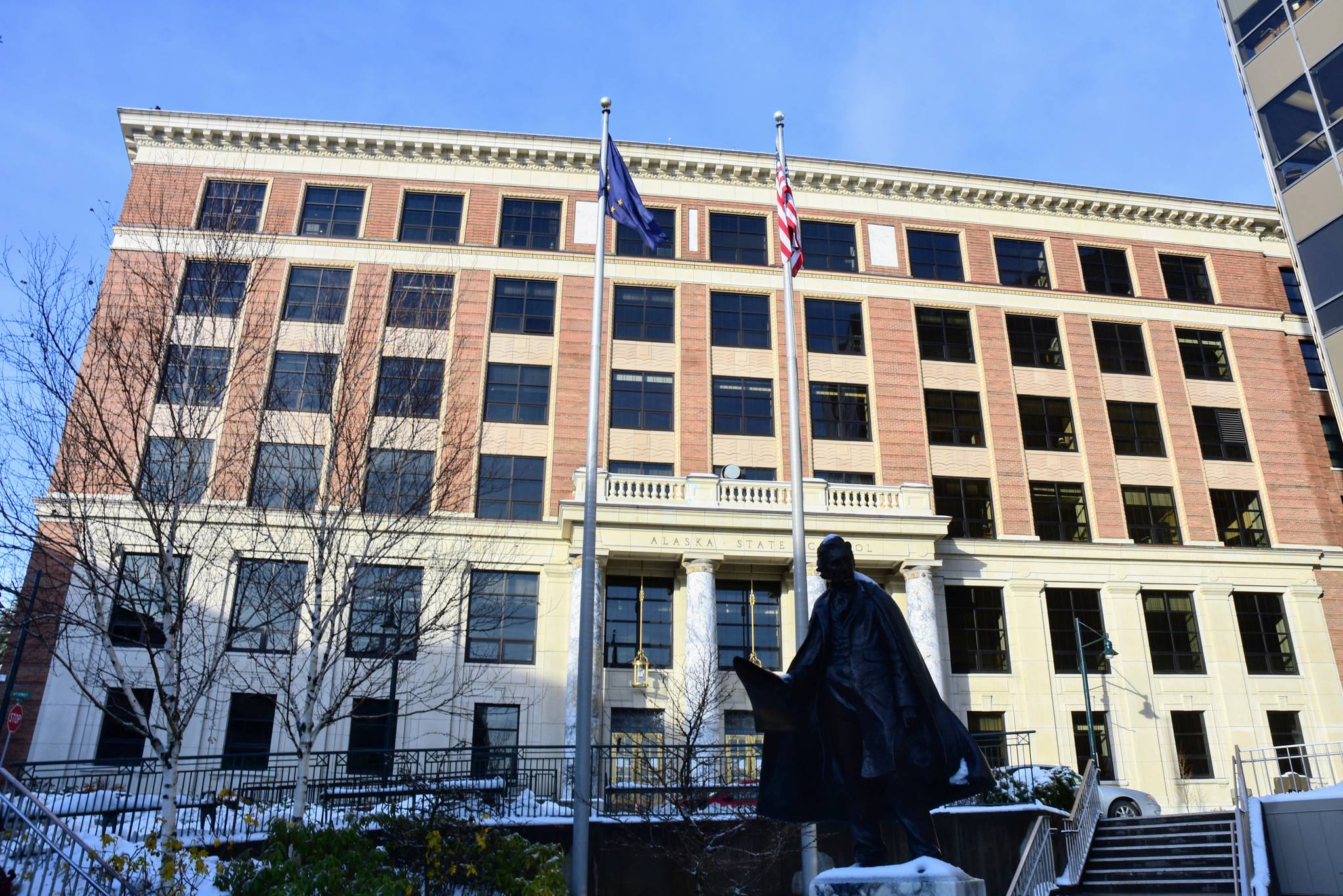By Faith Myers
At the start of the new legislative session in 2021, Gov. Mike Dunleavy will introduce an executive order requiring that the Department of Health and Social Services and its 3,300 employees will become two departments. If everything goes according to the governor’s plan, the Alaska Psychiatric Institute will be under new oversight with a possibility of correcting past mistakes.
[Big change proposed for DHSS]
Perhaps the best thing that can be said about the new Alaska Psychiatric Institute, which opened its doors in 2005, as Alaska’s premier state-run 80-bed psychiatric hospital is as follows: “the project won the 2006 Rock Award for the most innovative use of National Gypsum Specialty products.”
The poor track record of the new Alaska Psychiatric Institute just seems to keep going. Over the last 14 years, millions of dollars have been spent by the state to correct design and construction flaws and poor management leading all the way to the Department of Health and Social Services. Psychiatric patients being diverted from API 571 miles to Bartlett Regional Hospital’s psychiatric unit in Juneau at high cost, patient inconvenience and added trauma should have been a moment of clarity for everyone connected with mental health care.
From a psychiatric patient’s point-of-view, the new API is a terribly-designed hospital. In 2008, the Recovery Support Specialist at a board meeting stated that patients filed more complaints, were more disruptive and agitated when the hospital was running at near capacity.
Before the API construction plans were approved by the state, it was known that over one half of the patients would have some form of schizophrenia. A number of the rooms on the five units at API do not have line of sight from the nurses’ observation booths and are locked most of the time, limiting the floor space in the common areas.
Jamming people with schizophrenia into a small area, even in a hospital, raises the aggression level of patients and also, adds more difficulty for patient recovery. API was designed for the convenience of the staff, but was never designed or managed for acute care psychiatric patient recovery. And what is the point of a state locking up people with a mental illness and spending millions of dollars, if it is not for the best opportunity for patient recovery or to impart coping skills?
Patients at API are locked on a unit most of the day and do not get to go into the fenced-in courtyard on a regular basis. The original design of API included a Treatment Mall, which is absolutely vital for patients to re-socialize before going back to the community and a library. Both were removed from the hospital design by DHSS to save the state money.
Whether a person with a mental illness is locked in a psychiatric unit for a day, a week or months, they are still affected by the ambiance. There may be a small window in a patient’s room at API, but in the common areas of the 5 units at API, there is no natural light, not like in the old API building. The ceilings in the units in the new API have a low feeling to them that adds to a depressive atmosphere.
The new Alaska Psychiatric Institute was poorly designed and is not conducive to patient recovery, making it all the more important to up-date antiquated hospital patient policies. The broad way that managers at API and other psychiatric hospitals can interpret patient care and rights puts patients in danger, as an example, the poorly written grievance law AS47.30.847 and the eleven rights granted under state law AS47.30.840, leaves patients open to mistreatment.
As of now, state law AS47.30.660 (b) (13) lets the state delegate its obligations of caring for disabled psychiatric patients to private psychiatric facilities with what many consider an insufficient state standard of care. The Alaska legislature in 2021 should establish in law a higher standard of psychiatric patient care in Alaska and a better way to do oversight.
• Faith J. Myers is the author of the book “Going Crazy in Alaska: A History of Alaska’s Treatment of Psychiatric Patients.” She has also volunteered as a mental health advocate for over 10 years. Columns, My Turns and Letters to the Editor represent the view of the author, not the view of the Juneau Empire. Have something to say? Here’s how to submit a My Turn or letter.

